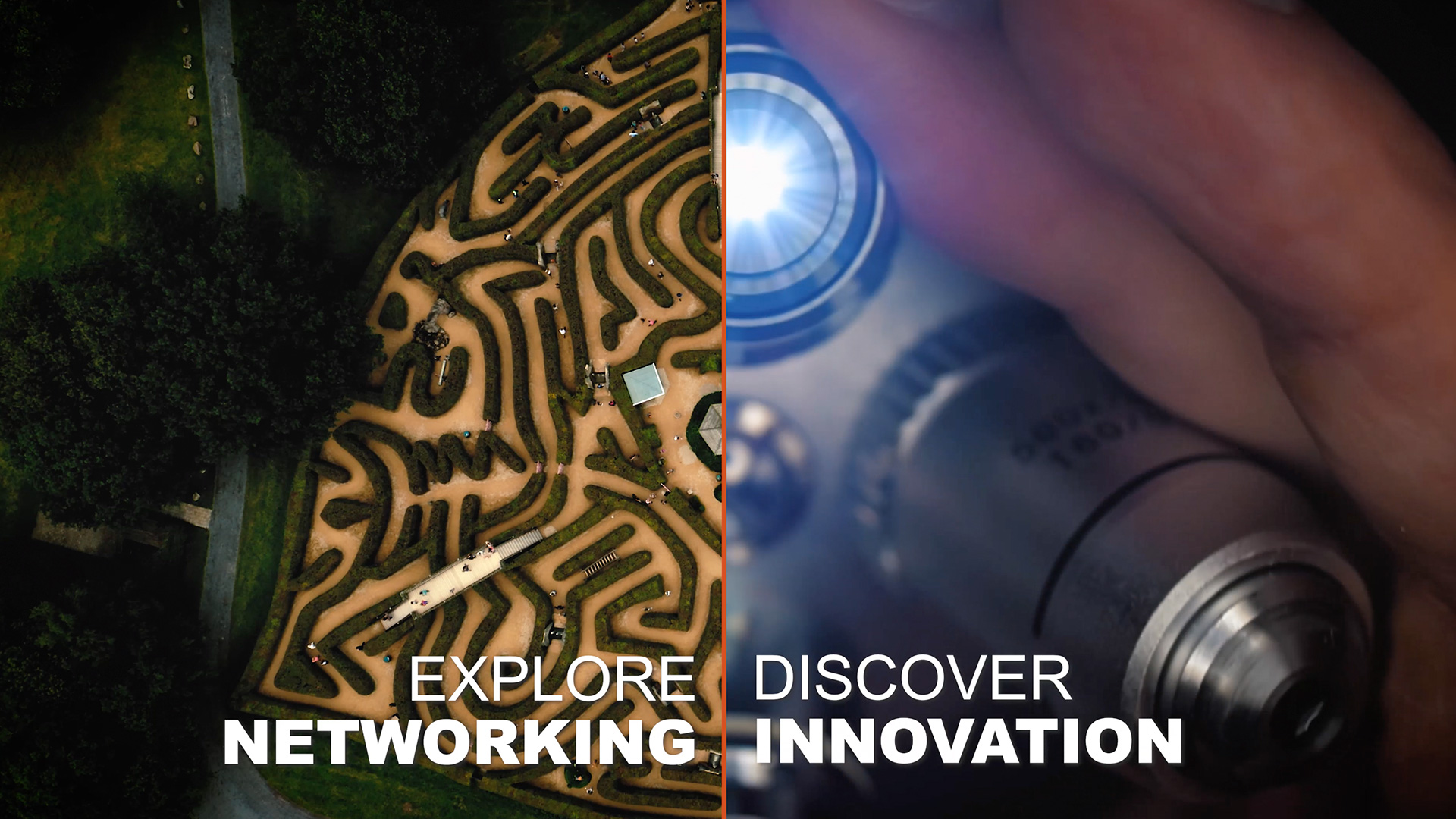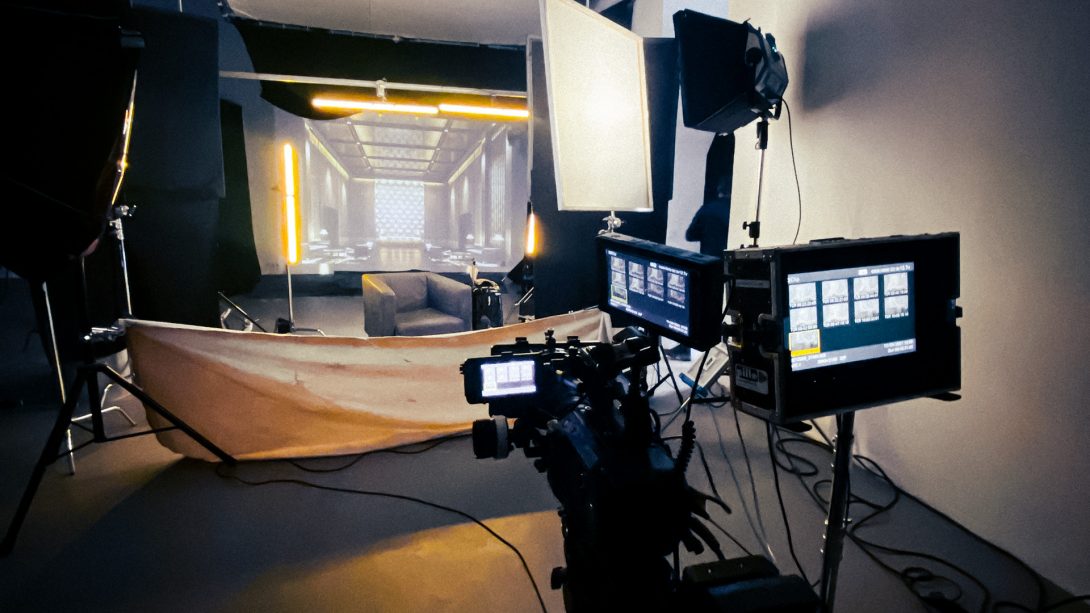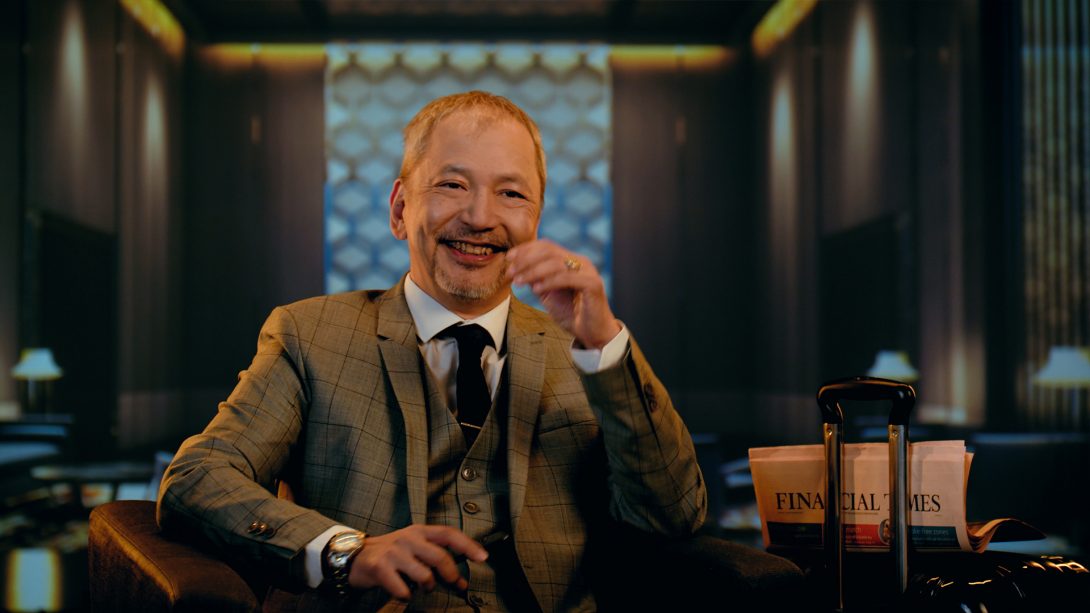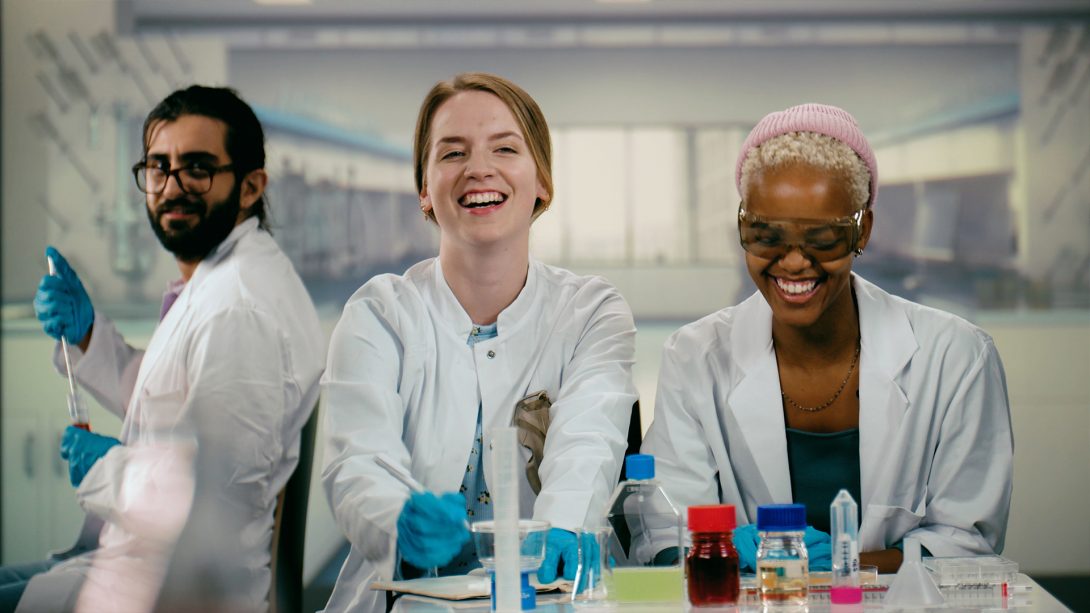
The Home Of Biotech
→ Image Film /// BIO.NRW |
At the very beginning there is the question: How to speak to a heterogeneous and international target group so that both the Swedish molecular biologist and the African founder, the Chinese investor and the Mexican post-doc feel explicitly addressed? By not only speaking to them, but making them protagonists of the film. The conversation as a basic dramaturgical structureWe all know those conferences where the audience is pelted with more or less powerful images from the latest image film production. The clients: deeply touched. The audience: waiting for the next coffee break and thus for the next opportunity to do what they are here for - network, meet people, have conversations. Then why not stage the image film as just that? As a conversation between fictional representatives of those the film wants to address and real people who are known in the science community and can credibly report on NRW. Constructively and with a certain willingness to take risks, accompanied by our clients at BIO.NRW, a film is created that not only very tightly interweaves all its different narrative levels, but also deals with its subject and the subject »image film« in a self-deprecating way. |
|---|---|
Correlative CommunicationAs usual and also in this case, we do not let the main film stand alone In addition to a teaser that went on air a few weeks before the actual release, we produce a whole series of interview films for BIO.NRW, including the testimonials of the image film. Here, the scientists, entrepreneurs and founders talk about their experiences in NRW as a biotech location in a more journalistic format and give the campaign even more credibility. |
|
→ Production |
»The Home of Biotech« was first filmed on a three-day drone tour through North Rhine-Westphalia. With the subsequent production of the »split matches«, landscape structures of the drone shots were supplemented with macro shots of congruent laboratory details from biotechnology. The fictional parts were created within two days in the large exhibition space of the Walkmühle. For this, photos of lecture halls, laboratories or hotel lobbies were projected onto a large screen and the lighting mood of the backgrounds was then recreated one-to-one. For this, DoP Harry Capota developed a setup with which the angle of incidence, colour temperature and diffusion could be adjusted to the respective photo in just a few minutes. |
|---|---|



